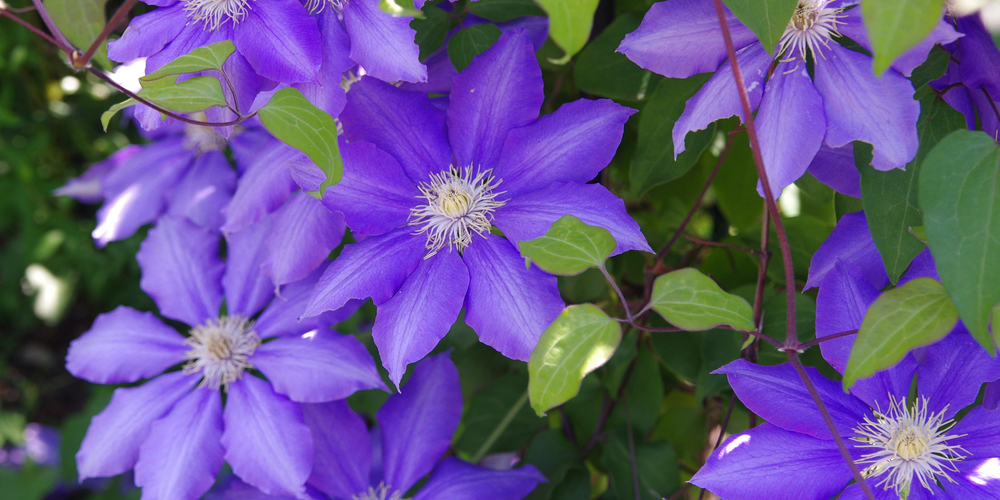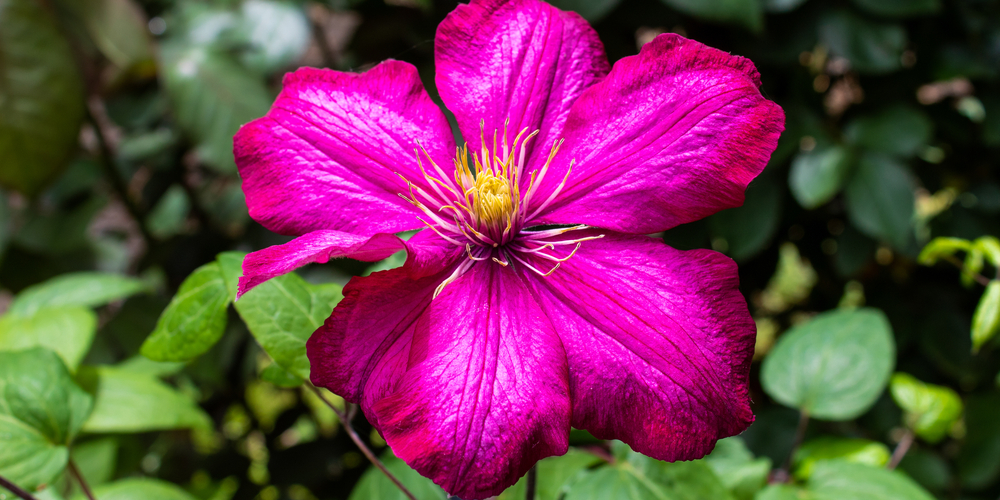Clematis vines are tricky to grow but will reward you with lovely flowers. If you’ve made an effort to care for your plant, the last thing you want is the foliage turning yellow. Why is my clematis turning yellow? This is the most common question for many gardeners.
You should know certain things before you get depressed and blame your gardening skills. This post explains why clematis leaves turn yellow and provides some solutions.
Why clematis plants turn yellow and what to do to solve the issue
Although clematis is a beautiful addition to your garden, for certain reasons, you may notice the leaves turning yellow. This will ruin the appearance of the plant. Here are some possible reasons that the leaves may have turned yellow.
Reason 1: Too much moisture
Often, the primary cause of discoloration is that the plant is heavily exposed to moisture. The first thing that you should remember is that clematis can’t handle moisture in excessive amounts. Clematis are also affected by high humidity. So if you live in a high-humidity region, your plant may not thrive as expected.
Constantly feeling hot, having a clammy feeling, or if there’s condensation on windows are signs of high humidity. If you believe that humidity is the problem, there are ways to resolve it.
How to lower the impact of moisture
If your plant has been affected by high humidity, there is a simple solution. Place the plant in an area with lower humidity. Now, if that’s not possible, you may consider getting an air cooler.
Indeed, you can’t control the climate. But lowering the humidity by using an air cooler is achievable. And, when you combine it with a proper watering schedule and ventilation, you’ll notice your clematis is healing gradually.
Reason 2: Magnesium deficiency
Another reason for your clematis turning yellow is because of magnesium deficiency. This occurs when your soil doesn’t have adequate magnesium.
But how can you find out whether or not the soil lacks magnesium? The process is simple, and it needs a bit of observation. If the older leaves turn yellow first, the soil likely lacks magnesium.
How to get your plants enough magnesium
Now that you have recognized that your soil lacks magnesium, you should take steps immediately to resolve it. You can choose between two approaches for this issue. The first one involves mixing four cups of Epsom salt with a gallon of water.
You can use the solution to water the plant and should notice improvements reasonably quickly. Alternatively, apply Epsom salt directly to the soil. This second approach will supply an adequate amount of magnesium to the ground as you water the plant. In time the new leaves will be healthy and green.
However, these solutions won’t fix the existing leaves, so you’ll need to trim your plant to improve its appearance. It’s a good idea to apply the salt to the soil only once a year.
Reason 3: Unwanted pest attack
When you have pests around your plants, they will make the plant sick by inviting bacteria. And, some bacteria will make the leaves yellow. Sometimes, insects suck the life out of the plant.
How to eliminate pests
Because unhygienic creatures will destroy your garden, it is better to get rid of them. Water pressure sprays can sweep off the insects from your plants. You can use pepper or herbal spray to remove all kinds of insects.

